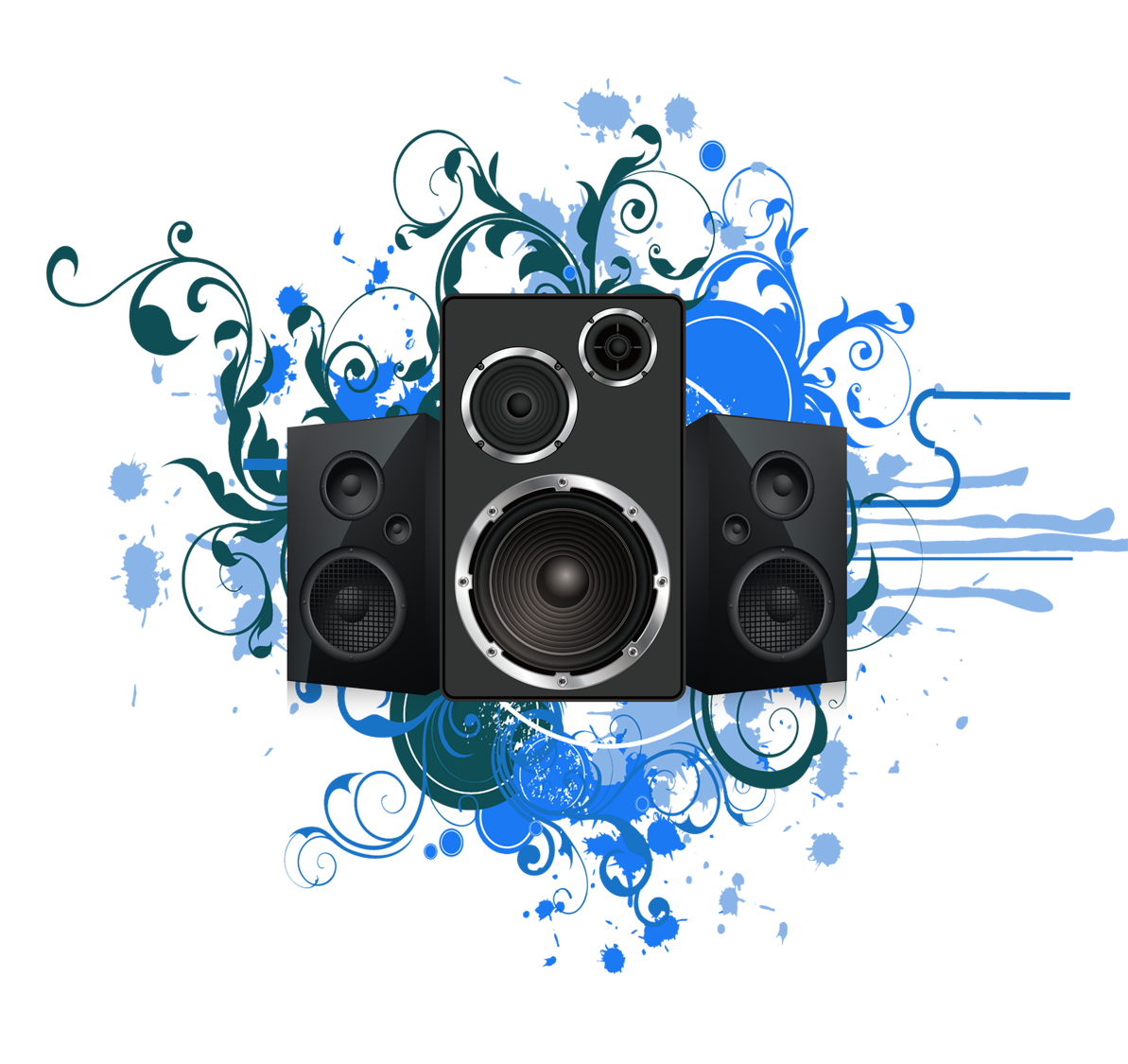Глубина и ширина
Каждое прослушивание неизбежно предваряет попытка найти идеальное расположение акустики в помещении и относительно точки прослушивания. Пресловутый треугольник иногда складывается легко, а иногда процесс его построения буквально ставит в тупик, когда не можешь решить, какой же вариант предпочесть.
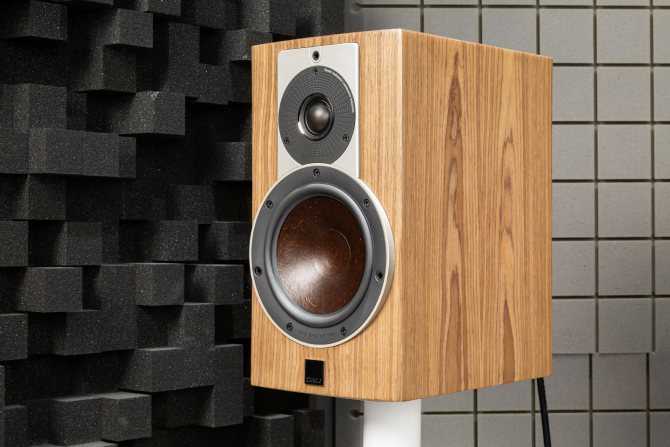
Я тестировал компоненты в комнате прослушивания Pult.ru, где собрали систему в связке с акустикой Dali Rubicon 2. Проблема выбора положения встала особенно остро вследствие исключительной послушности и отзывчивости колонок. Поворот оси излучения и изменение дистанции от слушателя до системы не просто давали возможность подстроить глубину и ширину сцены — они позволяли оперировать этими параметрами с высокой точностью.
Повернул колонки чуть внутрь — сцена стала глубже и уже, придвинул кресло вперед — оказался в гуще событий. Все варианты по-своему хороши, но среди них мне так и не удалось найти вариант, дающий голографическую точность. Не хватало то глубины, то ширины, то точности локализации. Вероятно, имело смысл удвоить усилия или даже перенести систему в комнату более просторную, но время, выделенное на тест, не бесконечно, да и послушать музыку было уж очень интересно.
В итоге, я остановился на варианте с немного зажатой по бокам, но глубокой звуковой сценой. Основная часть музыкальных событий располагалась в пространстве между слушателем и системой, но отдельные звуки улетали далеко, иногда оказываясь даже где-то позади места прослушивания.
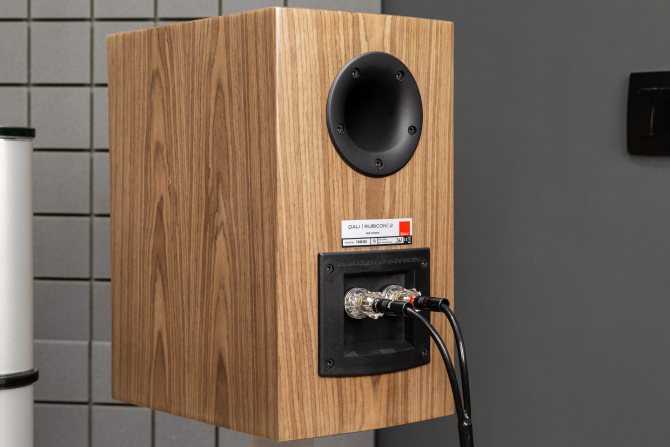
Первые впечатления, сформировавшиеся при прослушивании: система детальна, точна и динамична. Самые резкие и быстрые звуки не смазываются и не затормаживаются, нет каких-либо очевидных нарушений тонального баланса, мелкие детали слышны даже в сложных многоплановых музыкальных композициях.
Середина звучит очень плотно и энергично, верхние — прозрачные и иногда беспощадно вытягивают наружу шумы аппаратуры, огрехи мастеринга и артефакты компрессии (если вы вдруг решите послушать МР3). Верхний бас хорошо сфокусированный и ритмичный. Характер подачи музыки получился в целом нейтральный, но не сухой
Система в равных долях уделяет внимание и деталям, и общей художественной составляющей музыки
Два канала
Сказать по правде, если бы не желание послушать, как новые «кэмбриджи» играют по сети, система могла бы получиться гораздо компактнее. Дело в том, что помимо функции усиления и коммутации аналоговых сигналов усилитель CXA80 может еще много чего, ставя под угрозу сам факт существования своего коллеги. Он оснащен аналогичным модулем ЦАПа, имеет входы SPDIF, USB-В и даже порт UAB-A для подключения фирменного модуля Bluetooth. Единственный козырь в рукаве, который припас CXN v2 — апсемплер. Этой технологией CXA80 не обладает.
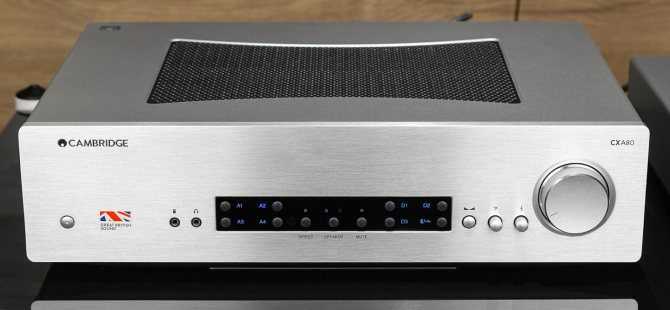
В том, что касается построения усилительной части, CXA80 демонстрирует сплошь классические решения. Вполне традиционный класс АВ в нем реализован в лучшем виде. Левый и правый канал разделены по принципу полного двойного моно, начиная с обмоток трансформатора блока питания, а сам трансформатор демонстрирует солидный запас мощности во избежание просадок напряжения и возникновения характерных искажений при работе на высокой громкости.
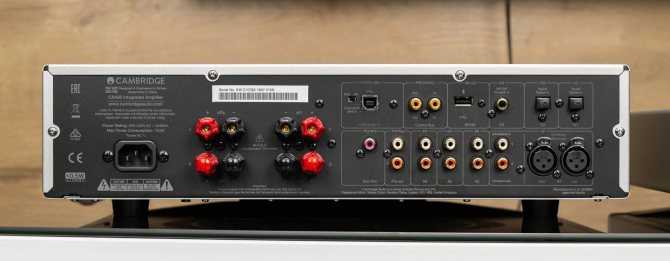
Усилитель имеет балансные входы, может похвастать двойным комплектом выходных клемм, облегчающих бивайринг, и регулируемыми выходами: одним для сабвуфера и отдельным от него, стереофоническим — для апгрейда системы или биампинга.
Sound
The best news, though, is that the Edge NQ remains as talented a performer in our testing rooms as it was when we were afforded our first taste last year.
It sounds insightful and impressively clean. You can run your finger over textures, and instruments are well organised with plenty of space between them to breathe and express themselves.
Bass response is also a forte the Cambridge appears keen to establish from the off. The presentation is well balanced, with no ceiling to its rich treble, but the Edge NQ is unafraid of delving deep into the low frequencies and rendering them with detail, great rhythmic sense and fine tonality. Walking bass lines are slick and allowed to drive a piece forward, while more electronic pulses are felt as much as they are heard while never being overly portly or soft around the edges.
It provides a solid foundation for the Edge NQ’s full-bodied and often luscious-sounding midrange. Voices in particular are treated impeccably with a combination of detailed timbre and impressive scale, while those considerably higher in pitch or more caustic in tone are allowed to break free.
Timing generally is a struggle inherent in streaming music, but Cambridge has succeeded here as well. Across all inputs, there is a strong, musical sense of rhythm, which adds to a well-rounded performance.
As ever, that is aided by wide and sympathetic dynamic range. The Edge NQ drives tracks forward with the impetus it is able to afford leading notes, while being equally adept at starting or ending a movement with a sizeable bang. That musicality can only be the product of hours-long listening tests to match the work put into the unit’s design and construction.
Using the Edge NQ as a pre-amp shows its general character is uniform across its inputs and does a fine service to each of the sources we use.
That translates to the performance of its headphone output as well; we could be just as satisfied using the Edge NQ as part of a personal home audio set-up as we are letting it ring through our reference ATC SCM 50 speakers.
While we use the Aesthetix Atlas power for much of our test, we also run the Edge NQ through Cambridge’s Edge W power amplifier (£2500). That it sounds great through each is testament to its versatility, but this pre-amp and streamer works best with the latter. Given that they were built to be used together, that’s perhaps unsurprising.
Designed with the same ethos as the Edge NQ, the Edge W features only 14 components in its signal path – typically you would expect two or three times that amount – and uses Class XA amplification (100W RMS into 8 Ohms; 200W RMS into 4 Ohms) offering Class A sonic performance but with greater efficiency, shifting the crossover point out of audible range.
The Edge W, its temperament so well matched to that of its partner, allows the Edge NQ to perform at its best, accentuating its talents without colouring the presentation or tipping anything over. It is a really accomplished partnership.
Features
To begin, Cambridge wanted as short a signal path as possible to significantly reduce the chance of colour or distortion being added to the sound. Capacitors were removed from the signal path and a DC coupled topology was introduced to the circuit board. Cambridge claims this gives an ‘incredibly clean and concise’ signal.
The Edge NQ also features a solid-state volume control to ensure channels are kept perfectly balanced, regardless of the volume. Cambridge is also conscious of delivering a high performance, regardless of the source being used, so the Edge NQ handles any digital content up to 32-bit/384kHz and DSD256 via its USB Audio Class 2.0 input, or up to 24-bit/192kHz via S/PDIF.
The ability to handle DSD256 comes as part of Cambridge’s development of its StreamMagic streaming platform, the latest iteration of which is named ‘Black Marlin’ and features a new, faster chipset. The platform now also offers Chromecast compatibility for streaming services such as Tidal, Deezer and Qobuz, adding to the already included Spotify Connect, AirPlay and internet radio – as seen in the company’s Award-winning CXN V2 (£799) and Azur 851N streamers (£1199).
- Cambridge Audio CXN (V2) review
- Cambridge Audio Azur 851A review
Play Any Music Source and Hear It in Astonishing Detail: Cambridge Audio Edge NQ Network Player/Preamp Supports Up to DSD 256, Features Plethora of Connections and Chromecast
Pick a music source, any source. Then stream, cast, or plug-in-and-play it in incredibly revealing detail with the Roon-ready Cambridge Audio Edge NQ preamplifier/network player. Loaded with a penthouse suite of connectivity – digital coaxial, HDMI, USB, ARC, and S/PDIF included as well as XLR and RCA inputs – plus built-in Chromecast, Spotify Connect, Apple AirPlay, Bluetooth aptX HD, and Internet Radio, Edge NQ is literally the cutting-edge of high-end audio versatility and functionality. Equally important, this modern marvel stays true to the character of every song you play no matter what the source.
One of the outed secrets behind the performance ability of Edge NQ owes to a unique PCB that replaces conventional capacitors with a DC-coupled technology that results in a super-clean signal path and perfect balance at any volume. That means whether you’re listening to vinyl, spinning a disc, streaming from your phone, or enjoying high-resolution digital at up to DSD 256 and 32-bit/384kHz PCM, Edge NQ gives you the resolution, detail, tone, and drive you deserve. Distortion, electromagnetic interference, and hum are essentially eliminated. The solid-state, dual concentric control knob – assembled in the U.K. from 31 precision-milled aerospace-grade-material parts – further ensures your user experience is nothing short of supreme.
Such thinking stems from blank-sheet-of-paper design, three years of development, and the involvement of nine veteran engineers. Ditto the ultra-sleek, modern albeit classic aesthetics, marked by a curved exterior, minimalist looks, floating top plate, and Lunar Grey finish. The most advanced version of Cambridge Audio’s proprietary StreamMagic streaming platform, synchronicity with its sister power amplifier (Edge W), and Music Direct’s 100% Satisfaction Guarantee help round out a component built for today – and tomorrow. “It sounds insightful and impressively clean. You can run your finger over textures, and instruments are well-organized with plenty of space between them to breathe and express themselves.»
—What Hi-Fi?, five-star review
«So, how does the Edge NQ sound? Like music reproduced in an extremely lifelike manner that is limited more by the original recording, mastering, format, and transmission method than by limitations imposed by the Edge NQ itself. Bass was impactful, with excellent attack and punch.”Home Theater Review»Cambridge Audio has surpassed itself with the new Edge NQ/W combination. It’s lovely to look at, nice to use and is packed to the gunwales with features, too. It sounds seriously good for the money, with a happy, upbeat nature underwritten by real power and insight.»
—Hi-Fi Choice, Editor’s Choice review
«The Edge NQ and W can connect all the connected aspects of your music-reproduction life. They do so reliably and easily. The overall achievement as a product line clearly built by proud experts in their fields deserves respect and acknowledgement. The fact that the delivered audio performance aligns with Cambridge’s stated sonic goals is further proof of its expertise.»
—Allan Moulton, The Absolute Sound
Реализм
Характер связки можно хорошо понять слушая The Cure. Эту музыку сложно назвать аудиофильской по сути: она скорее эмоциональная, атмосферная, вызывающая переживания, а не желание вникать в детали звучания. Связка Cambridge Audio CXN и CXA80 при поддержке Dali Rubicon 2 раскрыла записи разных лет с неожиданной стороны. Помимо общего эмоционального посыла стало слышно много деталей, как будто клипы The Cure 80-90-х пересняли в разрешении 4К, и теперь в них можно разглядеть каждую паутинку, от чего становится еще более волнительно и страшно.
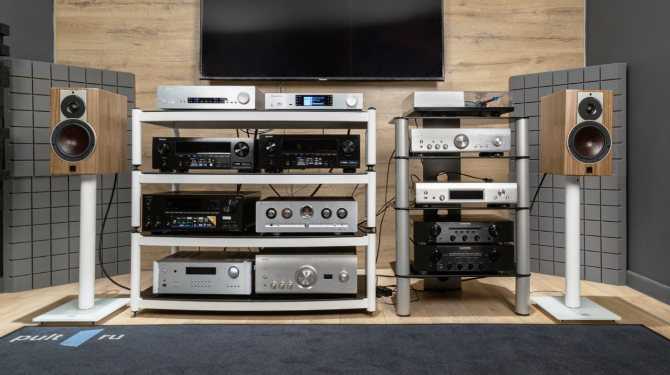
А раз уж речь зашла о рок-звездах конца XX века, пройти мимо Queen было совершенно невозможно. Звучание «Another One Bites To Dust» получилось очень упругое, плотное, ритмичное и быстрое. Вся комната начинает пульсировать в ритме, ноги сами притоптывают, пальцы щелкают, а черную футболку очень хочется незамедлительно сменить на белую майку.
Когда начинает звучать «Under Pressure», невольно замираешь и с интересом наблюдаешь за работой двух гениев. Песню удается прочувствовать в полной мере, и при этом можно разглядеть изнутри весьма любопытную пространственную музыкальную конструкцию.
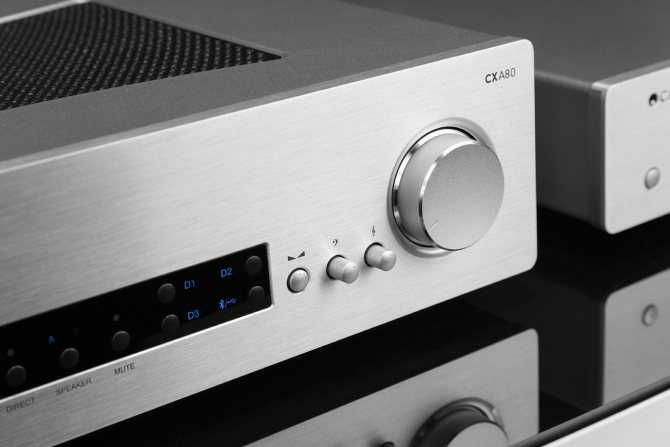
Перебирая хорошо знакомые записи, я в очередной раз обратил внимание на тот факт, что система весьма достоверно передает не только характер музыки, но и характер мастеринга. В одном издании Pink Floyd часы в «Time» звучали уж очень звонко и жестко, а в другом не вызывали ровным счетом никакого дискомфорта и были весьма реалистичны
При переходе к классике интересно было оценить способность системы передавать масштаб музыкальных произведений. В знаменитом кусочке «Carmina Burana» с переходом от piano к forte ощущался хороший динамический диапазон, дающий возможность ощутить величину эмоционального накала. И хотя вследствие применения полочной акустики система тяготела скорее к камерной музыке, величие симфонических полотен было вполне очевидным.
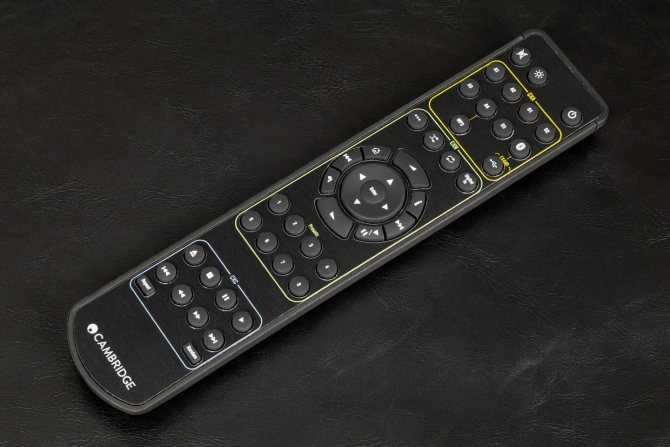
Ну и напоследок лайфхак для начинающих меломанов. Хотите понять, почему Ray Charles — гений? Возьмите эту систему и включите на ней первый попавшийся хит, да хотя бы «Georgia On My Mind», но обязательно так, чтобы дальнейший плейлист был пуст — так, чтобы было время посидеть в тишине, понаблюдать за мурашками, бегающими по всему телу, и в полной мере прочувствовать, что с вами произошло. Как бы странно это ни звучало, одна только эта песня способна наполнить и насытить меломанскую душу переживаниями на день, а то и на неделю вперед.
Build
Cambridge has taken similar care with the Edge NQ’s aluminium exterior – a feat of determination as much as of engineering. A year after we were first introduced, we’re still in awe of its build and design.
Sharing a room with our Aesthetix Janus Signature/Atlas Stereo Signature combination we are using as our reference set-up, the Edge feels decades younger, yet retains that sense of elegance and agelessness that will stop it looking dated for a good while.
The front is dominated by a full-colour screen, which displays all the settings and album artwork during playback. There is also a dual input and volume dial, featuring over 30 parts, that has understandably taken a lot of effort on Cambridge’s part. The result is an inner band for switching between inputs, and a chunky outer dial for controlling volume.
Given the astonishing amount of work involved in creating something like this, it feels a tad ungrateful to nit-pick. However, one minor issue is the slight looseness of the volume dial; it just doesn’t have that satisfying, heavy tautness of the input selector. But that being the only thing we can criticise about the Edge NQ’s overall build, may give some idea as to the kind of standards set by this unit.
The rest of the Edge NQ’s face is clean, but for a headphone output and an on/standby button. As far as power consumption goes, Cambridge has pre-set the unit to revert to standby if it has been out of use for more than 20 minutes – though that can be altered via the Cambridge Edge Remote app.
Cambridge Audio Edge NQ tech specs
Inputs USB, optical, balanced XLR, unbalanced RCA, HDMI, Ethernet
File support up to 32-bit 384kHz PCM/DSD256)
Wi-fi Yes
Bluetooth Yes
Chromecast Yes
Max power 100W
Dimensions 12cm x 46cm x 40.5cm
Weight 10.2kg
At the rear, you will find the bulk of the Edge NQ’s connections. As well as the unit’s built-in streaming capabilities, there are inputs for unbalanced and balanced XLR analogue, digital coaxial and S/PDIF, USB and HDMI for your TV. For wireless connections, this is where you’ll need to attach the Bluetooth antenna and either ethernet cable or the USB wi-fi dongle included in the box.
The Edge NQ will also have the option of adding a fixed line out, thereby disabling the volume control, added via a firmware upgrade next year, and will be available via the settings section of the Cambridge Edge Remote app.
Having spent time and money developing a marvellous high-end product, too often companies then package it with an ugly, cheap remote. Not so Cambridge Audio. The remote is attractive and satisfyingly heavy in the hand, and the only shame is how nice it is, given that most of the time we use the Edge NQ with its control app.
The remote features all the necessary controls for playback, muting, source selection and saving four presets for source and its volume level, but however nice, you will still be better served by the Cambridge Edge Remote app.
It takes a while to get used to, but once we do it proves as well equipped and intuitive as you’d hope from software accompanying kit at this price. Set-up is pleasingly free of fuss, and it locates our NAS drive immediately.
